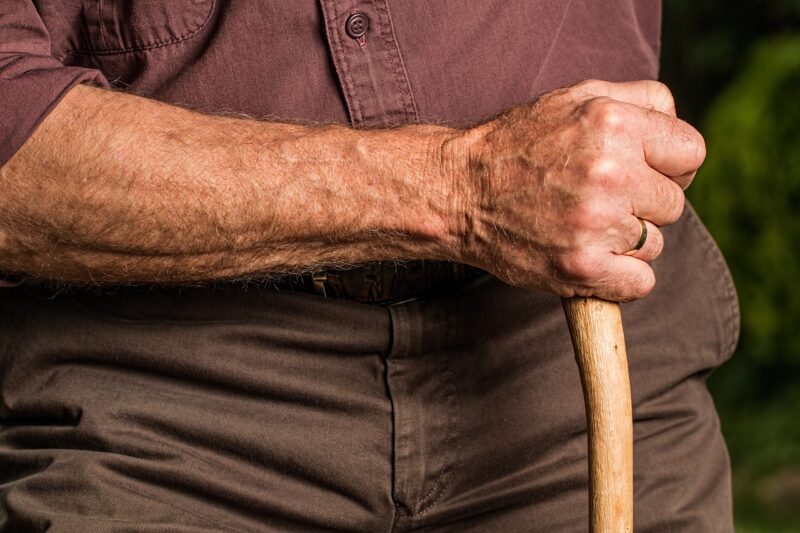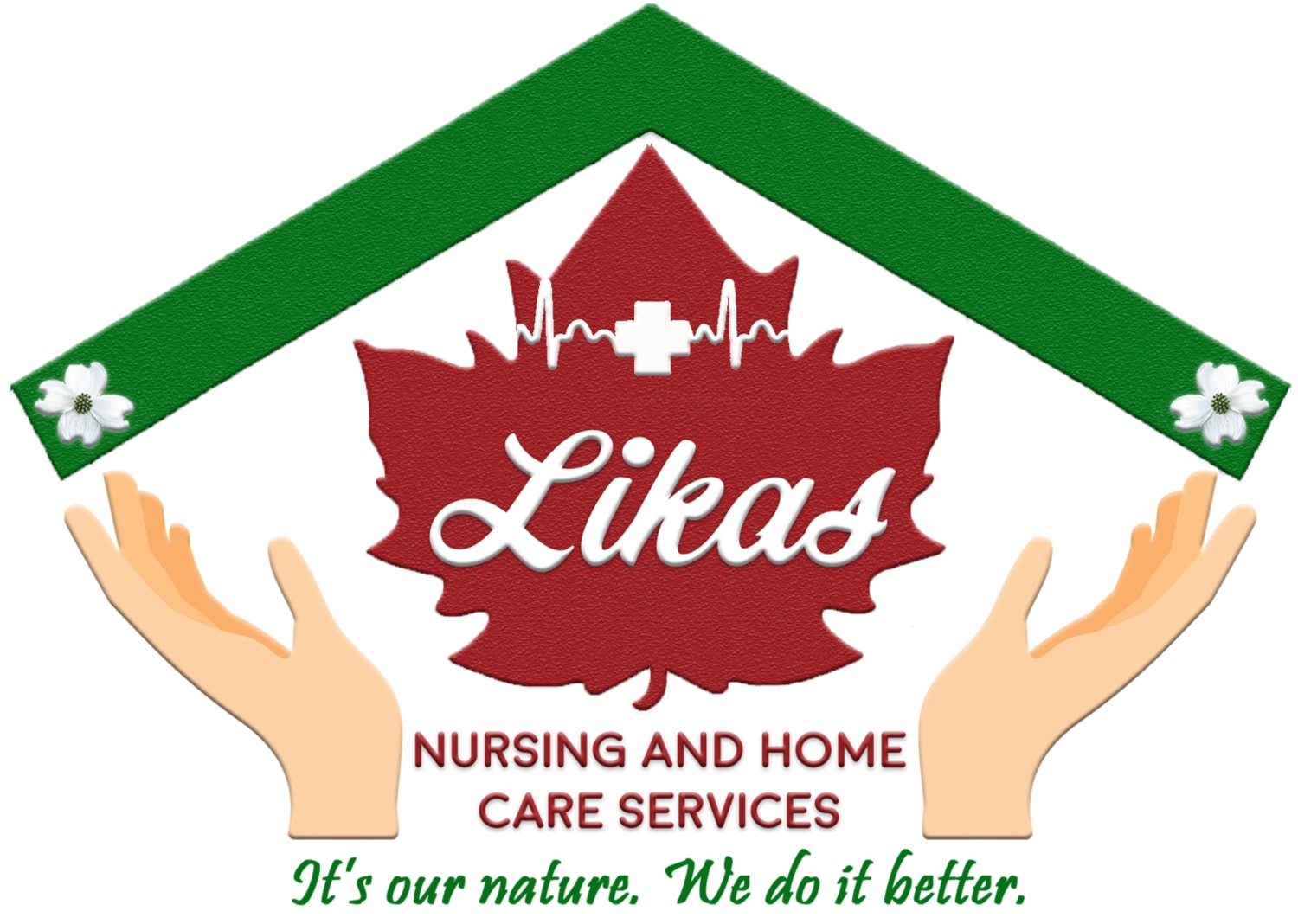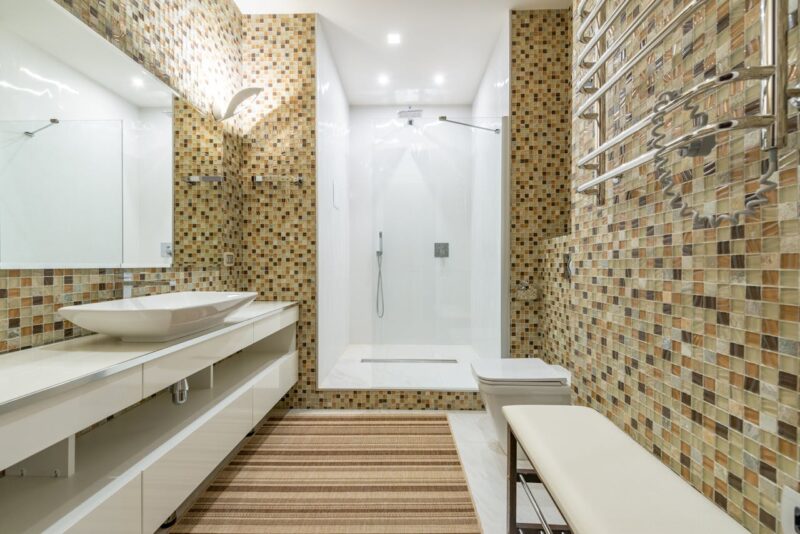
Last time, we talked about osteoporosis and bone health in the elderly. Today, we will be talking about osteoarthritis, the most common age-related joint disease that affects more than 80% of people older than 55 years of age. Arthritis of the knee and hip joints can make daily activities, such as walking, climbing stairs, and self-care, particularly difficult. Quality of life is therefore reduced, physically, emotionally, and socially.
What is osteoarthritis?
Osteoarthritis (OA) is a disease that involves the entire joint and includes loss of cartilage (the gel-like substance that lubricates the joint for movement) and bony changes that can be seen on radiographs. It mostly occurs in big joints, such as in the knees, hips, hands, and spine.
Some individuals are more likely to develop OA due to several risk factors, such as greater body weight, age, sex (female), repetitive activity and injury (for example at work), and genetic predispositions. In addition, those who do develop OA have been associated with an increased risk of developing other comorbidities, such as diabetes, cancer, and cardiovascular disease.
Managing osteoarthritis
Physicians recommend certain measures to help manage the pain in osteoarthritis and to prevent disease progression, because not all patients need or are good candidates for knee replacement surgery.
Weight loss – A clinical trial done in 2013 showed that after 18 months, patients who went on a diet and exercise program lost a mean of 23.4 pounds. This group also showed the greatest reduction in pain scores. This can be explained by the effect of weight loss on the load on knee joints and by the reduction in inflammatory factors from exercise.
Exercise – Despite popular belief, exercise can actually help in the management of osteoarthritis and do not wear out the joints. Specific forms of exercises and physical and rehabilitation/occupation therapy can help maintain limb function and joint range of motion. Some examples are strength training, tai-chi, light aerobics, and water-based exercises. In addition, these can also help improve balance and chronic pain.
Non-pharmacologic measures – Heat and cold and relieve joint pain and swelling. The heat can help muscles relax, while the cold decreases muscle spasms. Assistive devices such as walkers and gripping and grabbing tools can also improve mobility. Braces or shoe inserts aid alleviation of pressure on joints, reducing pain during standing and walking.
Medications – With medications, topical agents are used initially, such as capsaicin and diclofenac gel. However, caution should be used when using topical pain medications, as these can cause a burning sensation. NSAIDs such as celecoxib and ibuprofen are effective for osteoarthritic pain, but caution should also be in place because these drugs can have adverse effects on the heart, kidney, gastrointestinal tract, and liver. If pain is intractable, joint injections of cortisone and lubrication (hyaluronic) may be performed, and opioids are usually given as a last resort for pain management.
How we can help
At Likas Nursing and Home Care, we create a personalized care plan for your needs. Should you or your loved one be suffering from osteoarthritis, we can help through our companion (e.g. outdoor walks, meal preparations), personal (e.g. mobility and transfer), and health care services (e.g. medication management).
Contact us via this form, via email at likasnhcare@gmail.com, or via phone at 778-772-8026 or 604-754-8781. We offer a free first consultation and will work with you to provide for your needs.



